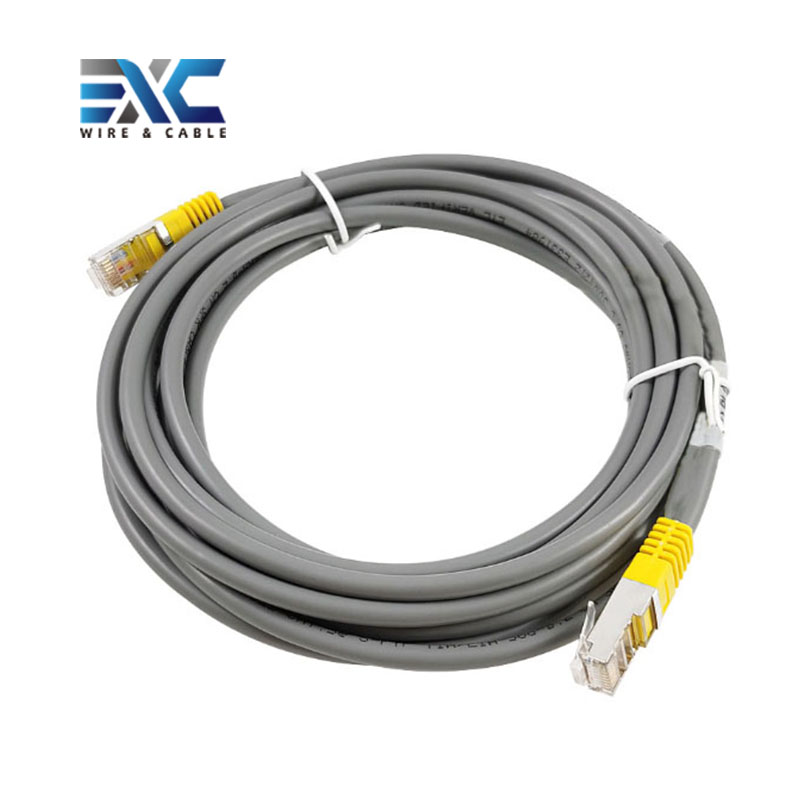Cat6 cable 305m has undergone significant developments over the years, enabling it to meet the growing demand for high-speed, reliable network connections. Cat6 Cable 305m Also known as Category 6 cable, it was developed to provide better performance and higher bandwidth than the previous Cat5 and Cat5e cables. One of the key areas of development for Cat6 cable 305m is its ability to support higher data transfer rates. With the increasing reliance on bandwidth-intensive applications and the increasing popularity of HD video streaming, Cat6 Cable 305m is designed to meet these needs by delivering improved performance and faster data transfer speeds. Where is Category 6 cable 305m used? Cat6 cable 305m is commonly used in commercial and residential network infrastructure. It can be used in a variety of applications, including connecting computers, printers, routers, switches, and other network devices in office environments. In addition, Cat6 cable 305m is also widely used in structured cabling in data centers, enabling efficient and high-speed data transmission between servers and network equipment. How does Cat6 cable 305m work? Cat6 cable 305m transmits data over twisted pairs of copper wires, with each pair transmitting signals in a balanced manner to reduce interference and crosstalk. Cables have connectors (usually RJ45 connectors) on each end that can be used to connect devices to network devices. Cat6 Cable 305m’s twisted pair design and strict manufacturing standards ensure it provides superior performance and reliability for high-speed data transmission. In summary, Cat6 cable 305m has been developed to meet the needs of modern network environments where high-speed data transmission and reliable connections are crucial. Its widespread use in commercial and residential environments highlights its importance in supporting the growing need for fast and efficient network communications.
Post time: Feb-05-2024
